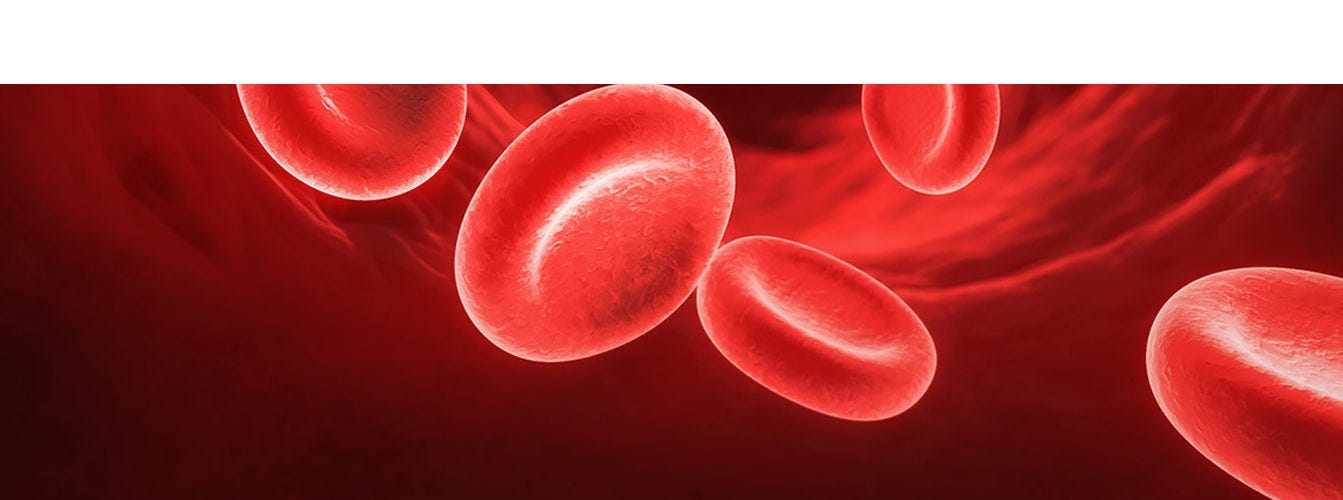
Mixing tests
To differentiate between an inhibitory antibody and a factor deficiency, mixing studies with normal plasma are used. In these studies patient plasma is mixed with pooled normal plasma in a ratio of 1:1.
If the patient plasma has a prolonged aPTT as a result of a clotting factor deficiency, the normal plasma in the mixture provides the missing factor and the aPTT will be corrected to normal. If the patient plasma has a prolonged aPTT as a result of an inhibitory antibody, the coagulation factor present in the normal plasma will also be inhibited by the antibody in the test plasma and the aPTT will not correct.
Failure of normal plasma to correct the aPTT by more than 50% is usually taken as evidence that an inhibitor is present,1 although in some laboratories other definitions are used, and there is no international consensus. FVIII inhibitors are time and temperature-dependent, therefore mixing studies should be incubated for 1-2 h at 37°C.2,3 A mixing study performed without incubation for 1-2 hours or at a lower temperature (for example room temperature) may result in correction of the aPTT and the inhibitor diagnosis potentially missed.
Correction of the aPTT with normal plasma does not exclude a FVIII inhibitor, therefore if the clinical picture is suggestive of an inhibitor, further investigation using an inhibitor titre quantification (Bethesda) assay is warranted.
- Kasper CK. Laboratory tests for factor VIII inhibitors, their variation, significance and interpretation. Blood Coagul Fibrinolysis 1991;2:7-10.
- Hay CR, Brown S, Collins PW, Keeling DM, Liesner R. The diagnosis and management of factor VIII and IX inhibitors: a guideline from the United Kingdom Haemophilia Centre Doctors Organisation. Br J Haematol 2006;133:591-605.
- Lossing TS, Kasper CK, Feinstein DI. Detection of factor VIII inhibitors with the partial thromboplastin time. Blood 1977;49:793-7.

Useful links
Novo Nordisk Haemophilia Foundation
World Federation of Haemophilia (WFH)
World Federation of Haemophilia: Laboratory Manual
International Society on Thrombosis and Haemostasis (ISTH)
International Society for Laboratory Hematology (ISLH)
North American Specialized Coagulation Laboratory Association (NASCOLA)
External quality Control of diagnosis Assays and Tests (ECAT)
Practical Haemostasis
HQMMA/NNG/0517/0166
